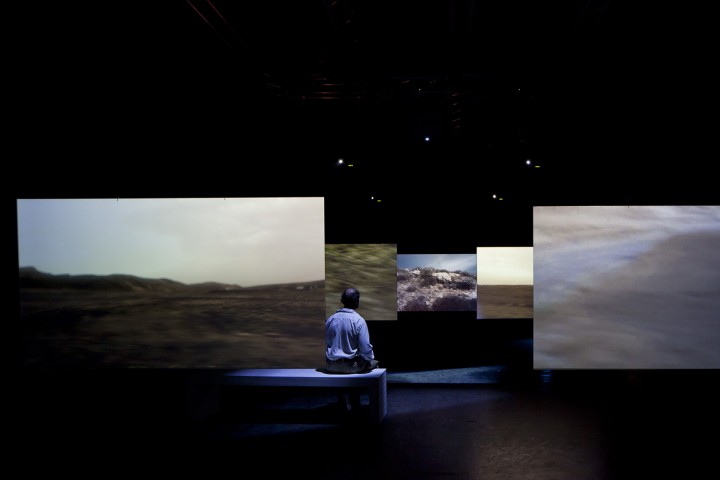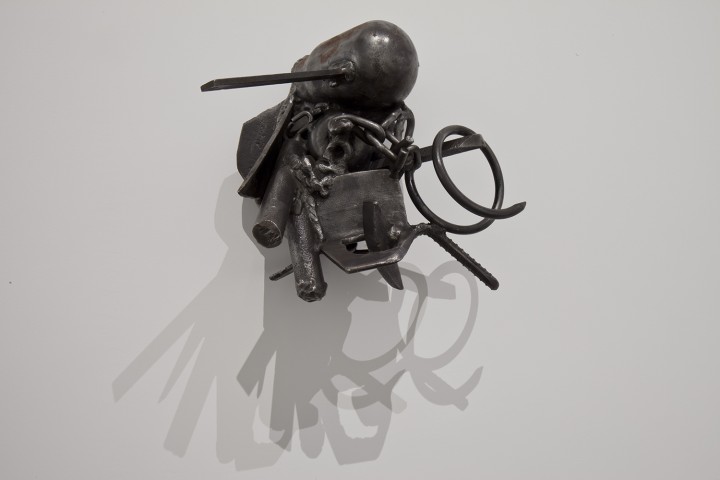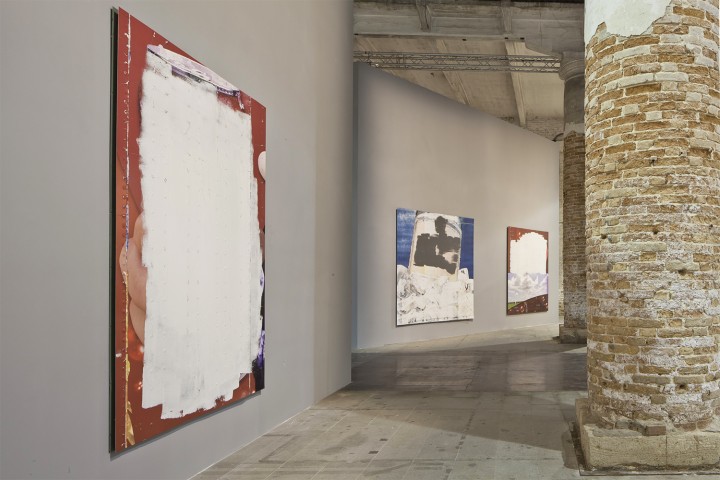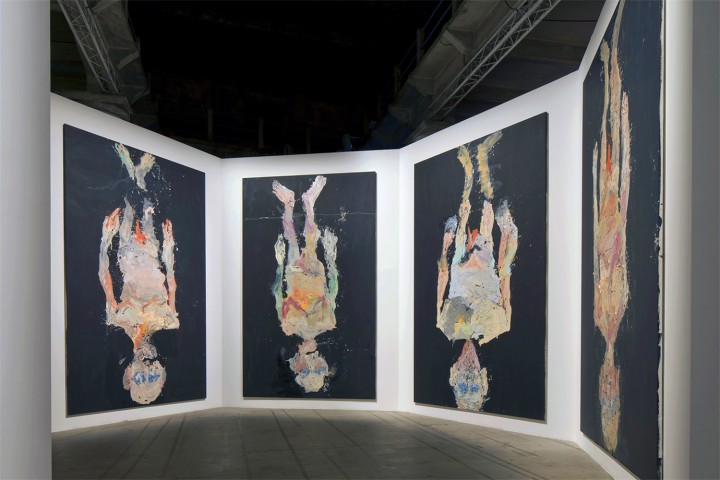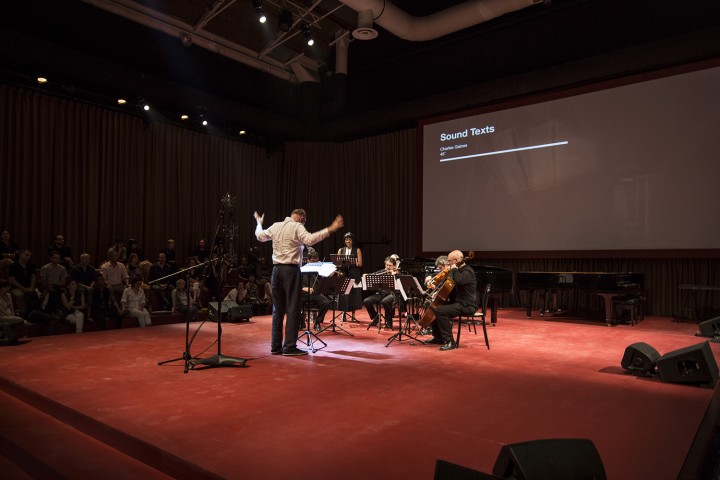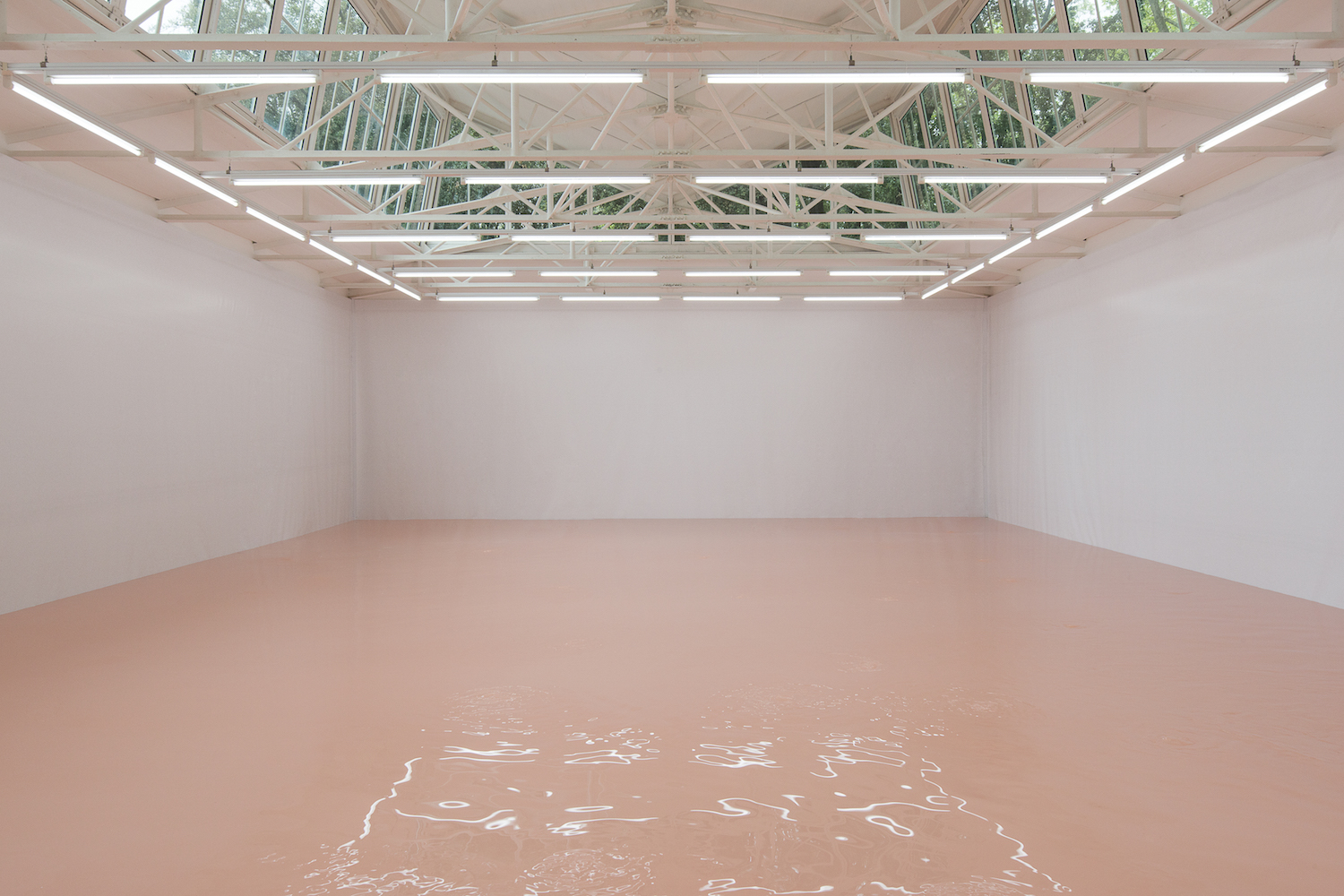If there is a hint of irony to be found in Okwui Enwezor’s curatorial approach for the international exhibition of the 56th Venice Biennale, perhaps it resides in his title, “All the World’s Futures,” and the fact that the exhibition compresses together the least visionary scenarios we could expect from a worldview cultivated through visual art. “All the World’s Futures” does not suggest any future; neither for art nor for the world in which art exists and to which it bears witness. That is to say, it offers no future interpretable as the product of a positivistic evolution of history or an “improvement” due to innovation. Instead, the exhibition presents the future as an unavoidable reiteration of scenarios that make up our past and present. “All the World’s Futures” cultivates a single truth: entropy is the defining dynamic of the world. For every force there is an opposing force, often more powerful: for wealth there is poverty; for work, alienation; for justice, injustice; for good, evil.
The exhibition indulges in epic tones that are inevitable due to its vastness. And in fact it twists and turns through moments that, less for the size or visual impact of the works than for the grandeur of the gestures that they imply or the drama of the scenarios they evoke, act like a Greek chorus commenting on the vicissitudes of human existence, giving them an anecdotal quality, translating them into allegorical form. Moreover, the tradition of realism that constantly emerges here appears committed not so much to documenting as it is to providing “models” of reality. Many wars are represented, for example, but it is above all war per se, in its worst possible terms of armed conflict and tragic destiny. We are confronted with a number of recognizable weapons, like Cannone semovente (1965) by Pino Pascali; but as this was created from car parts and remnants, it simply assumes the aspect of an automatic canon, and in fact it does not fire. Cannone semovente is displayed in dialogue with a rich collection of Lynch Fragments (1963–on going) by Melvin Edwards, wall-hung sculptures that resemble an assemblage of tools and weapons from the Middle Ages, dark and menacing; and with In the Midst of Things (2015), a choral performance by Jennifer Allora & Guillermo Calzadilla, a musical arrangement born from the distortion of the score of The Creation (1796–98) by Joseph Haydn, in which cacophony and melody confront one another — just as the group of choral interpreters move back and forth in the space between the works of Edwards and Pascali. War is never interpreted in a theatrical manner in the exhibition, but is represented so that rather than having an effect on the imagination of the spectator, it appeals to the “imaginary”; in other words, to the cultural baggage of signs (visual, auditory) that the viewer associates with war. Hence, walking through the video installation Now (2015) by Chantal Akerman — multiple projections of deserts accompanied by chaotic noise — gives the spectator the sense of moving along trenches or some border marked by the tragedy of geopolitical battle.
The tension created between epic narrative and accounts of everyday existence flows throughout the whole of “All the World’s Futures” — the intensity of one nullifies the purity of the other. These dynamics force the viewer to glimpse a dualism in every gesture in the exhibition; the more extreme it appears, the more it suggests a counterbalance of cynicism and mistrust in its own efficacy. Three volumes of Capital (1867–94) by Karl Marx will be read aloud throughout the whole exhibition, under the direction of Isaac Julien. This is hardly dictated by an ideological attachment to the text: recited by actors on a stage for the general public, often as they simply pass through from one room to another, Capital may sound superficial here — a bland theoretical discourse without any connection to reality, or a relentless “subtext” on the passage of time. In a similar way, the series of Sound Text (2013–ongoing) by Charles Gaines, a musical notation of political speeches, oscillates between the suggestion of a more accessible form of social communication and the risk of political rhetoric transcending into demagoguery. The scale models of public art, Realized and Unrealized Outdoor Project by Isa Genzken, invite viewers to assess the imposition of a form and image on an urban panorama, and therefore on the social fabric, but in the sphere of a hypothetically possible project and, therefore, necessarily also possibly a failure. Like her models, Two Orchids (2015), the monumental sculpture that Genzken has placed in the Giardini, almost as an ironic statement on the revenge of the natural against the artificial, seems a solemn yet ultimate gesture — an echo of all those weak, pathetic gestures that flow through the exhibition, from Gedi Sibony’s abstract landscapes painted on trailer panels to the gaunt, almost emaciated human figures by Georg Baselitz, all hanging upside-down..
Whereas the last two Venice Biennales — “ILLUMinations” by Bice Curiger and “The Encyclopedic Palace” by Massimiliano Gioni — focused on the good health of universal thought in relation to creative output — the first an unconditional hymn to the industry of art, and the second a close examination of knowledge systems with purely humanistic inspiration — “All the Word’s Futures” certainly offers a far more oppressive vision of the state of things. In a certain sense it criticizes the fact that aesthetic experience can lead to an encounter with the sublime — that it can present itself as dazzling, enlightening or even terrifying. In the three-channel video installation by John Akomfrah, Vertigo Sea (2015), archive files and other unpublished material offer a holistic narrative in which deep ocean underwater exploration, high seas slave trading and whale hunting seem like activities that are triggered reciprocally, dialectic forces within the entropic system that is the history of humanity. In Vertigo Sea, every image is vertiginous and tragic: the abyss, naturally, but also the slave driver who pushes the slave into the sea, the harpoon that splits the flesh of the whale. Confronted by these images, and often throughout the exhibition, we tritely ask ourselves: why? And yet, even though we are aware that basically human action is always influenced by deep reasoning, many motivations remain obscure, incomprehensible or impossible to share.
Theory of Justice (1992–2010) by Peter Friedl is an extensive archive of photos from newspaper clippings, part of which is on show at the exhibition. The images are arranged on a series of tables in orderly layouts, grouped as if to form a storyboard. Observing the photos does not mean it is possible to recognize the events they document, or to decipher the criteria for the selection or grouping. They are arranged to invite a “sense of awareness” of their existence; they are equal to the world they represent. In the same fashion, the works of “All the World’s Futures” express a factual character: to put it blandly, by echoing the title of another previous Biennale, they don’t “make worlds.” They are not vectors of the collective imagination, but rather they provide us with an exact idea of a world in which tomorrow is more complex than we can imagine.

